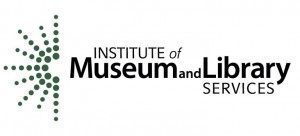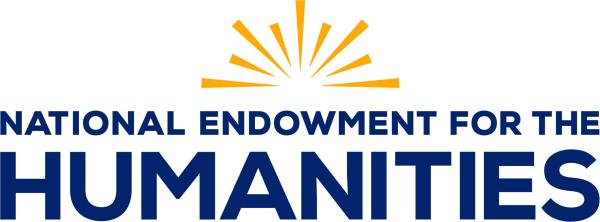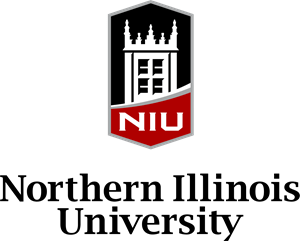This is the action session that followed the panel discussion of training opportunities and programs on day 2 of ANADP II. It asked us to brainstorm the kinds of information we would want available to us when searching a “master database” or coordinated website of digital preservation training opportunities. If we had one-stop shopping, how would we shop?
Here’s what we came up with:
- Levels: Beginner, Intermediate, Advanced
- Content: What is addressed? Bit level DP? Emulation? Advocacy?
- Audience: Is this training aimed at administrators? Managers? Practitioners?
- Format: What is the delivery method? In person? Webinar? Hybrid of the two?
- Length: How long is the training?
- Is it broken into modules? Intensive? Are there prerequisites? Is it part of a series or a standalone?
- What’s the cost? Is it free? Is there a fee?
- Who are the instructors, and what are their bonafides?
- Who is sponsoring or backing this training? Are they an accredited organization or a vendor?
- Technically what’s being covered? Organizationally? What’s the policy orientation?
- Is it national? International?
- What language is it conducted in?
- What references is it using?
- When was it last updated?
We talked about RIDLS criteria. Describe, review, assess information literacy training interventions in higher education. Information literacy is defined as handling research information in a research capacity (i.e. not just FINDING the information, but handling it throughout its lifecycle). It’s not just about librarians, but about other outlooks, geared towards designers and providers of information.
The notion is that a training database could be developed along the lines of RIDLS criteria.
Thus endeth Day 2.




